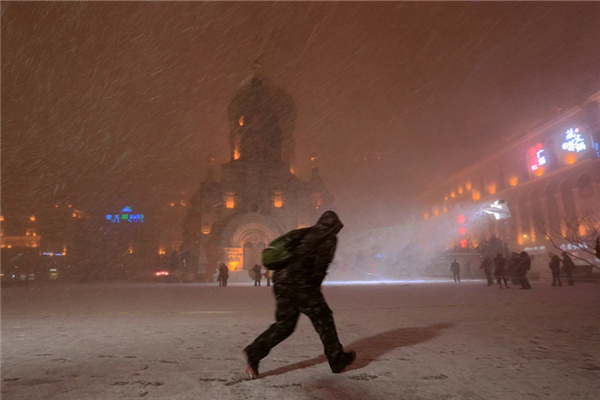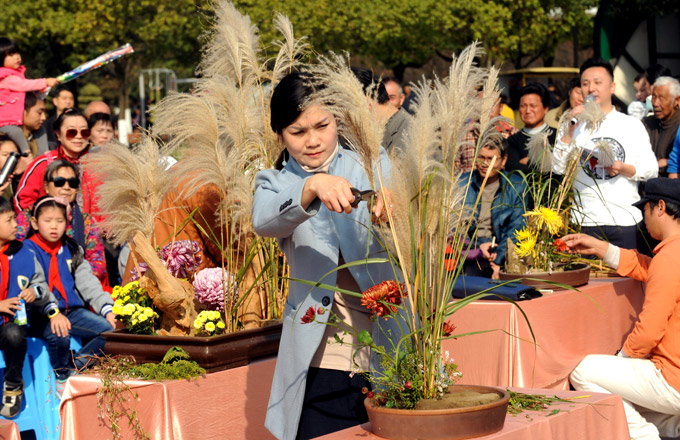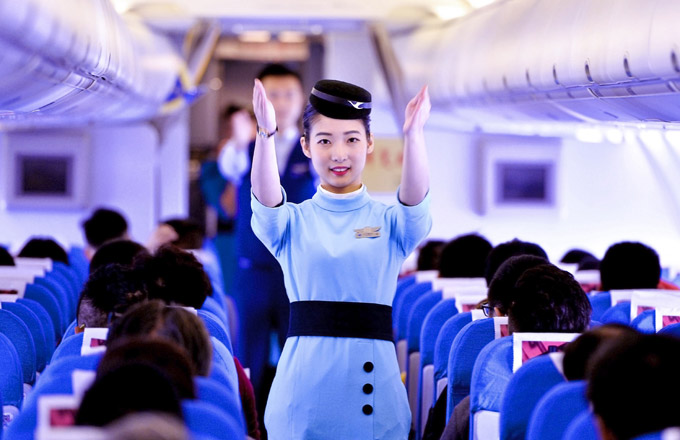

|
Tianjin Port is located on the west side of Bohai Bay, in the estuary of the Haihe River, 170 km southeast of Beijing. It is the largest man made seaport and river port in China's mainland. Tianjin port trades with more than 300 ports in 160 countries and regions around the world and has over 10 regular shipping lines. The port includes a free trade zone, which helps develop Tianjin as a transport hub as well as an industrial center. File photo |
TIANJIN: As the current economic tide erodes profits, finding where and how to trim costs could be the key to survival - and perhaps even growth.
Tianjin Dongjiang Bonded Port Area may offer some a way out of troubled waters.
How to make use of preferential policies offered by bonded areas can help a wide range of companies, said Yang Zhongqiang, vice-chairman of Tianjin Dongjiang Free Trade Port.
"At a time when every one is racking their brain to cut costs, Dongjiang is attractive for its preferential tax and operation policies," Yang said.
The bonded port recently illustrated its appeal by attracting 16.4 billion yuan in new investment.
"Our policy is to gear up construction in the current difficult time, and prepare for the next growing season," Yang said.
The platform can help trim costs for overseas enterprises entering the Chinese market, and aid Chinese businessmen in finding cost-saving ways in their march toward going global.
Yang's team is offering a bridge for Chinese capital to tap the international market and a place where Chinese and overseas enterprises can exchange what they have with what they need.
The bonded area is searching for leading projects to drive regional and even national development, Yang adds.
The original target for the bonded area to generate 57 billion yuan in GDP and to attract more than 30 billion yuan in investment by 2020 is likely to be reached, according to Yang.
Dongjiang is designed to sprawl over 10 sq km when complete, which would make it the largest in China. Its 4-sq-km first phase is now in operation, drawing on the experiences of other international free trade zones and offering international transfer, global distribution, international procurement, international trade transit and export processing.
Priorities are given to modern logistics, import-export processing, manufacturing and various service industries.
Tianjin Mayor Huang Xinguo recently highlighted the role of the bonded port area and called on it to play a more important role in attracting investment and projects.
Tianjin is facilitating the establishment of a ship registration capacity in the port. Offshore financial operations may begin in Dongjiang on a trial basis later this year, Mayor Huang said.
Another important component of future growth is Tianjin's plan to improve its high-end manufacturing industry and lure more service-oriented industries.
This year looks to be more challenging for Tianjin than those of recent times, with its GDP projected to grow 12 percent compared with last year's 16 percent. The municipality's actual foreign investment is expected to increase about 15 percent, much lower than the 40.6 percent in 2008.
Yet the port city's development steam is still fully on, thanks to its high-end industrial structure and the municipality's status as a national test bed for comprehensive reform and experimental development, mayor Huang told the local congress.
The Dongjiang Bonded Port Area is the result of reforms implemented in Tianjin Binhai New Area.
(China Daily 04/06/2009 page5)













